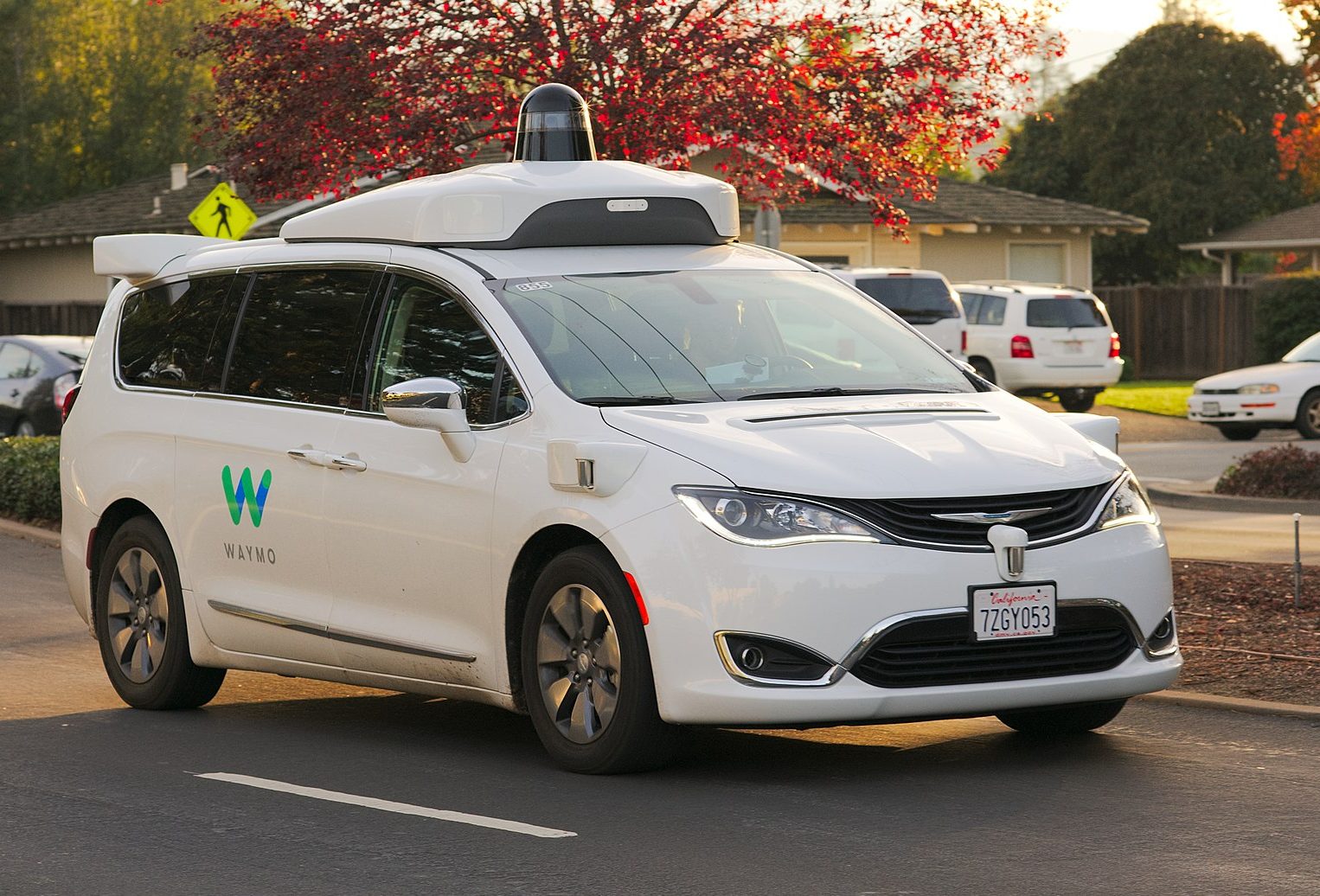Note: GJEL Accident Attorneys regularly sponsors coverage on Streetsblog San Francisco and Streetsblog California. Unless noted in the story, GJEL Accident Attorneys is not consulted for the content or editorial direction of the sponsored content.
As reported in the Chronicle, the Examiner, and, well, pretty much all the major news outlets, yesterday the California Office of Administrative Law approved regulations that will allow autonomous car (AV) testing in California--without a human backup driver sitting behind the steering wheel.
Testing under the new rules could start as early as April 2.
"People walking and biking on San Francisco's high-injury corridors already face enough hazards--they do not need to be guinea pigs for the autonomous vehicle industry," wrote Cathy DeLuca, Policy & Program Director for Walk San Francisco, in an email to Streetsblog.
The San Francisco Bicycle Coalition made a similar statement. "Any new technologies deployed on our streets that do not prioritize the safety of the most vulnerable road users are unacceptable."
Of course, several companies, including Waymo, General Motors, Uber, and others have been and are testing some 300 self-driving cars in the state. But these cars are required to have humans sitting in the driver's seat, hopefully with their hands hovering over the steering wheel, ready to take over if anything goes awry.
And things do go awry, as this infamous video shows:
"After Uber deployed autonomous vehicles that proved unready for San Francisco streets, we made our position clear to the DMV," continued the SFBC in its statement. "We think that the promise of autonomous vehicles eventually improving safety is real, and we look forward to working with the folks behind that technology to realize that promise."
According to the new regs, any company testing one of these cars will have to closely monitor it and can take over by remote control. But the ability to intervene in an emergency will be diminished.
John M. Simpson, Privacy and Technology Project Director of Consumer Watchdog likens this safety backup to "...playing a video game, except lives will be at stake.”
With all existing robot cars, the human backup driver still has to take over frequently--Waymo has the best record, but in 2017, control of its self-driving cars had to be taken over by the human driver once every 5,600 miles. "...the new rules will threaten highway safety," wrote Simpson.
"There is a lot of work to be done before it's safe for driverless autonomous vehicles to be allowed on public streets," added DeLuca.
So if robot cars aren't ready, what's the rush? Is it because of the promise that driverless cars will solve all our transportation woes?
Not if we continue to design cities for cars--AV or conventional--rather than people. That's the argument made by Allison Arieff, SPUR's Editorial Director, in a beautifully executed interactive editorial for The New York Times entitled "Automated Vehicles Can't Save Cities."






